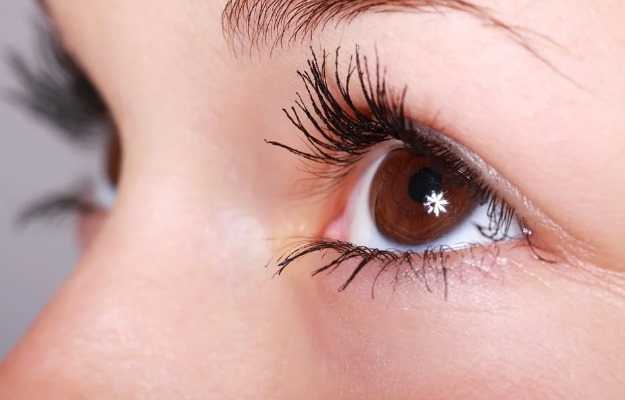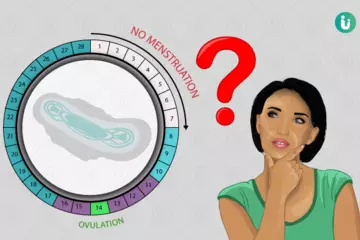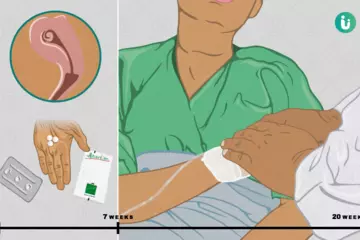What is uveitis?
A swelling or inflammation of uvea (middle layer of the eye) and the surrounding tissues is termed as uveitis. One or both eyes can be affected by this. It can lead to blindness if not treated in time. They are of 3 types based on the location of the uvea affected – front (anterior), middle (intermediate) and back (posterior). In some cases, all the 3 layers are involved. It can be sudden and short-term (acute) or persist for a long time (chronic).
What are its main signs and symptoms?
Some of the common signs and symptoms are:
- Decreased vision
- Blurred or cloudy vision
- Spots appear dark and floating in vision
- Sensitivity of light or photophobia
- Redness and pain of eye
- Headaches
- Small pupil
- Colour of the iris alters
- Watering of eyes
What are the main causes?
The exact cause of uveitis is unknown. It is commonly seen in autoimmune conditions where the immune system of the body attacks various tissues including the eyes. Some of the contributory causes are as follows:
- Crohn's disease
- Ulcerative colitis
- AIDS or HIV infection
- Herpes
- Lyme disease
- Syphilis
- Tuberculosis
- Rheumatoid arthritis
- Psoriasis
- Juvenile arthritis
- Injury to the eye
- Exposure to a toxin penetrating into the eye
- Smoking
How is it diagnosed and treated?
The doctor checks physically for possible clear or foggy appearance. Some tests are also performed, such as:
- Checking white blood cells count and protein levels through simple blood tests
- Noting the complete medical history along with a detailed physical examination
- Skin tests
- Examination of eye fluids
After the diagnosis, the patient is treated by various methods such as:
- Corticosteroid drugs to help in reducing inflammation.
- Mydriatic eye drops to help in the dilation of the pupil.
- In case of an infection, antibiotics to control the infection.
- If there is a risk of loss of vision then immunosuppressants might be prescribed.
- Dark glasses can be helpful against light sensitivity.

 Doctors for Uveitis
Doctors for Uveitis  OTC Medicines for Uveitis
OTC Medicines for Uveitis



















